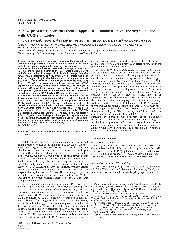摘要
Prostate cancer is initially responsive to hormonal therapy, but cancers inevitably progress in an androgen-independent fashion with virtually all tumors evolving into more aggressive androgen refractory disease. Immunohistological comparisons of cyclooxygenase 2 (COX-2) expressions in 3 pairs of prostate cancer patients before and after the combined androgen blockade (CAB) therapy show elevated COX-2 expressions. This observation from clinical specimens is further supported by in vitro laboratory data using human prostate cancer cells in which the antiandrogen hydroxyflutamide (HF) induced COX-2 expression, and androgen suppressed COX-2 expression. By applying knockdown and overexpression strategies to modulate AR expression in prostate cancer cells, we confirmed that androgen/AR signal suppressed, and HF induced COX-2 expression at both protein and mRNA levels. COX-2 promoter reporter assay indicated that the suppression of COX-2 by androgen/AR is at the transcriptional level via modulation of NF-kappa B signals. Treatment of LNCaP and LAPC4 cells with 1 mu M HF in the presence of 1 nM DHT, which mimics the CAB therapy condition, promotes cell growth, and this growth induction can be suppressed via adding the COX-2 specific inhibitor, NS398. This suggests that HF promoted prostate cancer cell growth is COX-2 dependent and this HF-COX-2 activation pathway can account for one reason of CAB therapy failure. Together, these findings provide a possible explanation how CAB with antiandrogen HF therapy might fail and provide a potential new therapeutic approach to battle prostate cancer via combination of CAB therapy with COX-2 inhibitor(s).
- 出版日期2008-7-1
- 单位浙江大学
